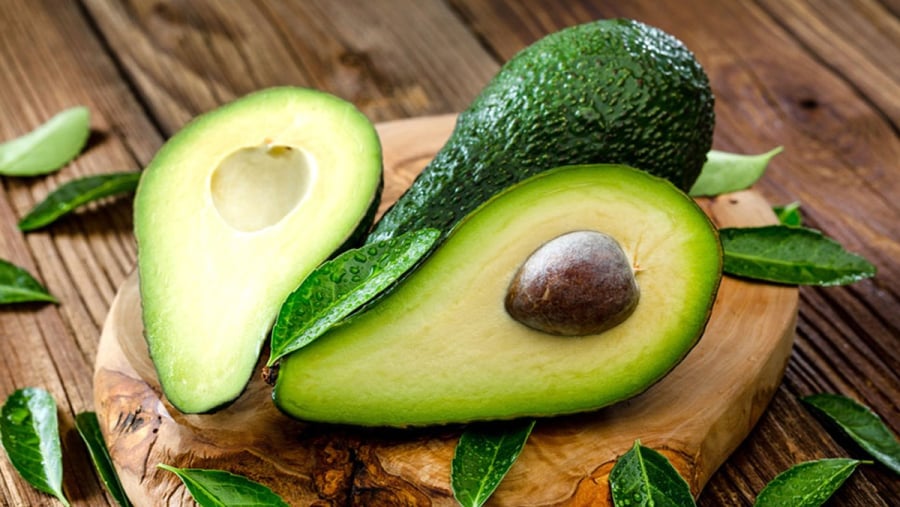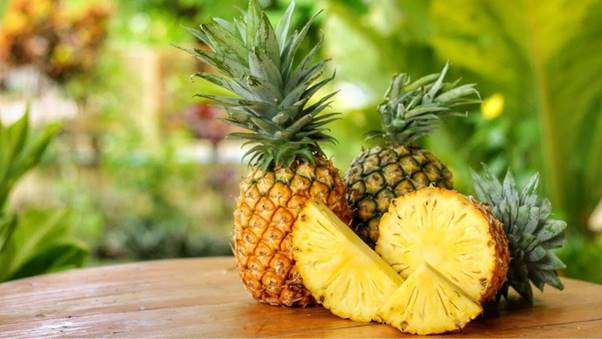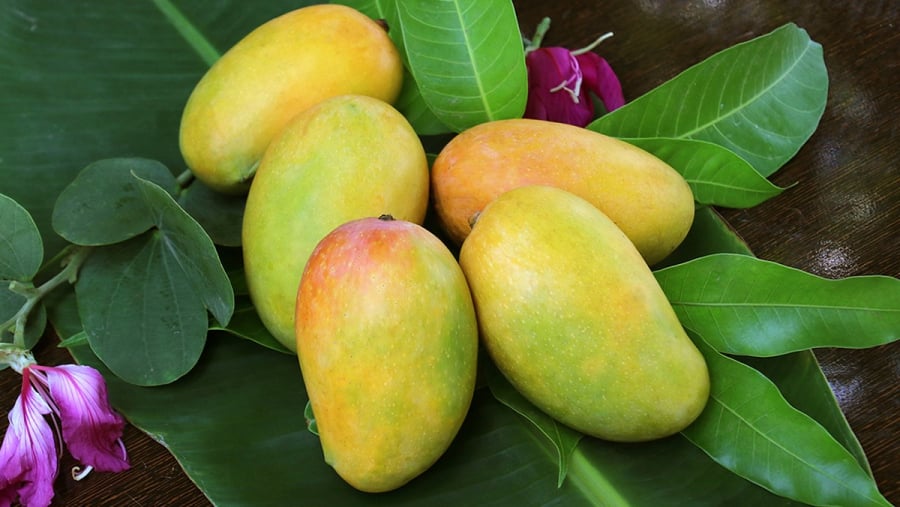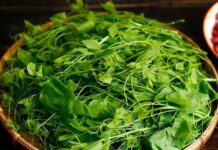Pesticide residue on fruits is a concerning issue for consumers. We always want to minimize our exposure to chemicals that may adversely affect our health. The Environmental Working Group (EWG) in the United States publishes a list of fruits with the lowest pesticide levels annually.
Avocados
Avocados are known for their healthy monounsaturated fats, fiber, potassium, and vitamins like K and E, and they consistently dominate EWG’s list of clean fruits. Studies indicate that less than 1% of tested avocados show any detectable pesticide residue.
The thick, inedible skin of avocados acts as a natural barrier, preventing chemicals from penetrating the fruit. However, it is still advisable to wash the avocado’s skin to remove bacteria or contaminants that may be present from cutting.

Studies show that less than 1% of tested avocados have pesticide residue
Watermelon
Watermelon is known for its very low pesticide residue levels thanks to its thick and sturdy rind. Its rapid growth and natural resistance mean watermelon requires fewer pesticides during cultivation. The US Department of Agriculture regularly tests and finds that most watermelon samples have little to no harmful chemical residue.
Additionally, watermelon is composed of 92% water and is packed with lycopene (an antioxidant), vitamin C, and potassium, offering high nutritional value to consumers.
Pineapple
Statistically, about 90% of tested pineapple samples show no detectable pesticide residue. This is due to the fruit’s tough, spiky skin, which protects the edible part from harmful chemicals. Even though the skin is not consumed, it is advisable to wash the pineapple thoroughly before use to prevent bacteria and dirt from the surface from entering the edible portion.
Pineapple is an excellent source of vitamin C, manganese, and bromelain – an enzyme renowned for its anti-inflammatory properties and digestive support. This fruit is typically grown in tropical regions with minimal chemical intervention.

This type of fruit is usually grown in tropical regions with minimal chemical intervention.
Papaya
Papayas tend to be grown with very limited use of pesticides, resulting in low residue levels in the fruit. The thick, inedible skin acts as a natural barrier against harmful substances. This fruit is also highly nutritious, providing vitamin C, A, folate, and enzymes like papain, which aids digestion.
Mangoes
Compared to many other fruits, mangoes have lower pesticide residue levels. The mango tree’s natural resistance to pests means farmers use fewer pesticides in the cultivation process. The thick, inedible skin also prevents chemicals from penetrating the fruit’s flesh.
Mangoes are not just rich in vitamins A and C but also provide antioxidants like beta-carotene. Additionally, they are a good source of natural fiber and sugars for the body.
Note that imported mangoes may be treated with fungicides to prevent spoilage during transportation. Washing the fruit thoroughly before consumption will help reduce any potential pesticide residue.

Mangoes have lower pesticide residue levels compared to many other fruits.
Tips to Minimize Pesticide Exposure from Fruits
– Wash thoroughly and vigorously: Use running water and a brush to scrub the surface of the fruit, even those with thick skins.
– Peel the skin: Peeling can help reduce pesticide exposure, but keep in mind that this may also remove some valuable nutrients found in the skin.
– Choose organic fruits: Organic fruits are produced without the use of synthetic pesticides, making them a safer option to limit exposure to harmful chemicals.
– Shop from local sources: Supporting local farmers who practice sustainable farming methods will reduce your risk of exposure to imported products that may have undergone chemical treatment.
The Ultimate Bone Broth Recipe: A Simple Guide to Tender Meat and a Clear, Sweet Broth
“When it comes to bone broth, there’s a secret to achieving that perfect, mouthwatering flavor and tender meat. The key lies in the addition of a few simple ingredients that will transform your broth and take your culinary skills to the next level. Uncover the magic behind creating a delicious bone broth that will have your guests asking for more.”






































